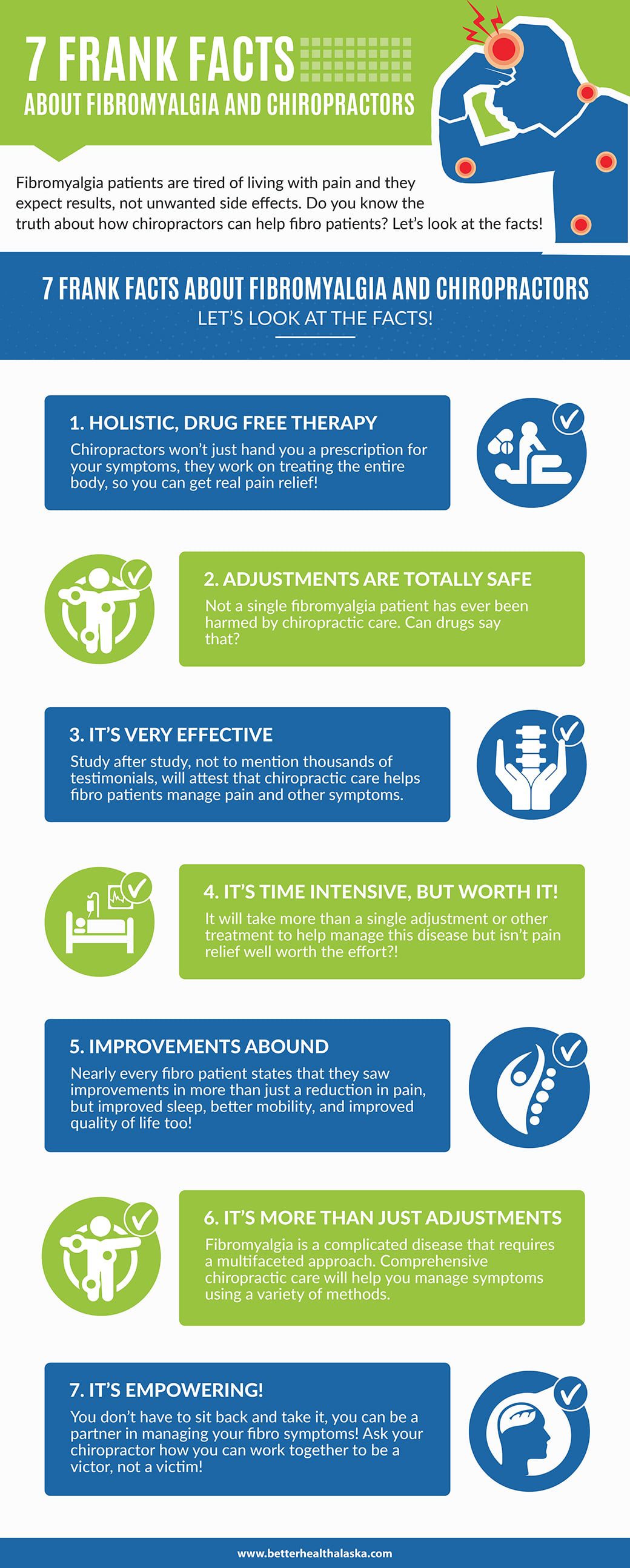Just Exactly How Does Cold Laser Treatment Harness Light To Change Healing, And What Groundbreaking Possibilities Lie In Advance For Discomfort Management?
Just Exactly How Does Cold Laser Treatment Harness Light To Change Healing, And What Groundbreaking Possibilities Lie In Advance For Discomfort Management?
Blog Article
Post Composed By-Toft Albrektsen
When considering different treatments, cold laser therapy stands apart due to its unique technique to healing. By making use of certain wavelengths of light, it targets cellular functions and promotes recovery in a non-invasive fashion. This method not just improves ATP production but additionally help in lowering swelling and pain. As research continues to unfold, the effects for recovery and pain administration could be considerable. What does this mean for future treatment options?
The Devices of Cold Laser Treatment
Cold laser treatment, additionally known as low-level laser treatment (LLLT), functions by stimulating mobile function with the application of details wavelengths of light.
When the laser light penetrates your skin, it interacts with the mitochondria in your cells, raising ATP production. This boost in ATP stimulates your cells, promoting recovery and regeneration.
The light also influences cell membranes, improving their permeability and facilitating nutrient absorption while getting rid of toxins. In addition, cold laser treatment sets off the release of endorphins and minimizes inflammation, helping your body respond more effectively to injury.
You'll experience enhanced blood circulation as the therapy stimulates capillary growth, making sure that oxygen and nutrients get to broken cells more efficiently.
Comprehending these systems can aid you appreciate its possibility in advertising healing.
Possible Advantages of Cold Laser Therapy
When thinking about options for pain alleviation and recovery, you could find cold laser treatment to be an enticing option. This non-invasive technique can help in reducing swelling, alleviate pain, and promote cells repair work.
Many people report quicker recovery times from injuries and surgical procedures after going through cold laser therapy. It's particularly beneficial for problems like arthritis, tendonitis, and muscle pressures.
You may additionally appreciate that it has marginal side effects compared to drugs. Furthermore, why not try here can enhance circulation, which assists in delivering nutrients and oxygen to damaged areas.
Current Research and Scientific Applications
As passion in cold laser therapy expands, scientists are discovering its different applications and performance in clinical setups. You'll find research studies exploring its function hurting management, wound healing, and minimizing swelling.
In physical therapy, specialists use cold laser therapy to enhance recovery in sporting activities injuries, while dental experts are locating it advantageous for treating oral discomfort and periodontal conditions. Recurring trials are examining its possibility in treating conditions like arthritis and neuropathy.
These research studies aim to develop standard procedures and does, making certain safety and effectiveness. As you could try these out emerges, you might see cold laser treatment becoming a staple in both rehabilitation and discomfort administration, offering people a non-invasive choice that matches typical therapies.
Final thought
In conclusion, cold laser treatment provides an encouraging strategy to healing by harnessing details wavelengths of light to improve mobile features and advertise recuperation. With please click the up coming post like improved blood circulation, decreased swelling, and discomfort relief, it's ending up being an important option for various conditions. As research study remains to develop standard procedures, you can expect greater acceptance of this non-invasive treatment in rehabilitation techniques and pain monitoring approaches, making it a potential game-changer for lots of patients.
